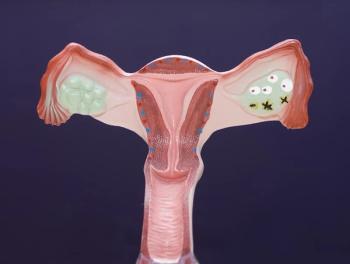
Jyoti S. Mayadev, Highlights the Importance of Radiation Quality Control in Global Phase 3 CALLA Trial in Cervical Cancer
Findings from the phase 3 CALLA trial indicated that intensity modulated radiation therapy was administered in 88.1% of patients with high-risk locally advanced cervical cancer treated with durvalumab and chemoradiotherapy vs 88.1% with placebo and chemoradiotherapy.
At the
Transcript:
CALLA had a very unique opportunity to have a radiation steering committee. I was chair of that committee, and there were 7 radiation oncologists including businesses across the globe, and that included Asia, Latin America, United States, and Europe. The radiation benchmarking procedure was quite credible in the sense that each site had to qualify; there was a credentialing that they needed to do. The sites then turned in their external beam radiation plan, which was then reviewed. The steering committee met very frequently, and if there were any issues with a plan that we could see, we would get timely feedback to the site. The radiation quality control also included a review of that brachytherapy plan; this is not usually done on clinical trials. There was very high-level radiation therapy on this trial for quality control. Amazingly, it was a really technologically savvy trial with more than 88% of patients getting intensity modulated radiation therapy (IMRT). More than 76% received image guidance, and approximately 70% received volume-based brachytherapy. [We used quality] technology throughout the globe for these patients.
Reference
Mayadev JS, Rong, Y, Toita T, et al. Durvalumab in combination with chemoradiotherapy (CRT) in locally advanced cervical cancer (LACC): radiotherapy (RT) delivery and subgroup analyses from CALLA. Presented at 2022 American Society for Radiation Oncology (ASTRO) Annual Meeting; October 23-26, 2022; San Antonio, TX; LBA 03. Accessed October 27, 2022.
Newsletter
Stay up to date on recent advances in the multidisciplinary approach to cancer.

















































































